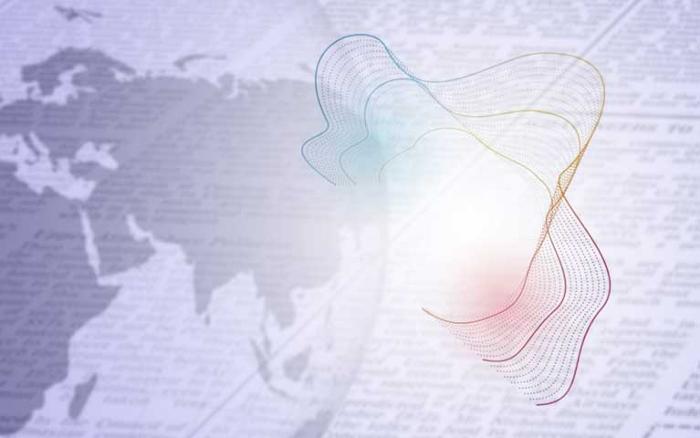

Households need to be adapted for energy efficiency
Air conditioning and cooling will play a decisive role in the adaptation of Spanish homes to meet new decarbonisation requirements. These systems need to change toward more efficient thermal installations and generation systems, using exclusively renewable or residual energy, with the necessary adaptation processes.
The coronavirus pandemic forced us to spend a lot of time at home during 2020, leading many homeowners to consider home renovations. So it is no surprise that the renovation and refurbishment sector is expecting to generate a turnover of around 60,000 million euros in 2021 - 13% more than last year - according to estimates from Andimac and ANERR.
This year, not only will people be planning remodelling projects to remove partition walls or redesign spaces, but many will also be considering how to adapt their household installations to make them more efficient and generate less waste.
With this in mind, Arcadio García Lastra, Technical Secretary of Atecyr, the Spanish Technical Association for Air Conditioning and Cooling, explains that the air conditioning and cooling sector needs to progress ‘toward more efficient thermal installations and generation systems using exclusively renewable or residual energy, and this will mean a process of adaptation’.
Better trained technicians
According to García Lastra, this change will require changes in two fundamental areas. Firstly, ‘technicians have to be trained and able to understand how to work this new equipment into their designs, ready for incorporation into existing buildings, and this requires conceptual changes when determining potential installations for refurbishment’. Secondly, ‘users have to be aware of the existing options for running another type of installation, which will require different modes of operation or maintenance, within a new concept of building renovations and near-zero power consumption’.
A new concept will emerge - ‘the “prosumer” - who is both producer and consumer at the same time’. And ‘the only way to decarbonise electricity generation will be to distribute it and bring it closer to the points of consumption. Homes, for example, will become surfaces where more and more photovoltaic panels will be installed. Buildings will also be key elements in the electrification of transport, as they will provide charging points, especially in conjunction with photovoltaic generation’. As a result, this evolutionary change ‘will affect not only technicians, but also the users of buildings’.
Atecyr’s Technical Secretary warns that ‘buildings consume vast amounts of energy, and if we fail to bring about this change, we will not be able to stop global temperatures rising’. He adds that ‘when carrying out renovations, it is not enough just to work on surfaces - work also needs to be done on air conditioning and cooling systems’.
Air quality
This requires a structural change. We need to get used to the idea that in the future, our generators will be powered exclusively by renewable energy sources. ‘Everything seems to indicate that the traditional boiler as we know it will cease to exist; instead, we will see electrically powered heat pumps and the use of generators that burn renewable fuels like hydrogen’.
Air quality will play a very important role in this process. ‘Users have become more aware and will demand significant improvements in enclosed environments. Virologists have told us that pandemics are here to stay and that we are not, sadly, facing an isolated event’. So, ‘there will be more installations of systems that guarantee indoor air quality, and building renovations will incorporate mechanical ventilation systems equipped with energy recuperators’.
Another change we will see over the next decade will be the inclusion of more technology in households, since ‘the pandemic has underlined the need for our online presence, helping us maintain connections with other people’. Technology will also provide users with greater knowledge, ‘enabling them to make decisions about when and how to consume energy, use storage systems to charge electric vehicles and connect to the local energy communities of the future’.





